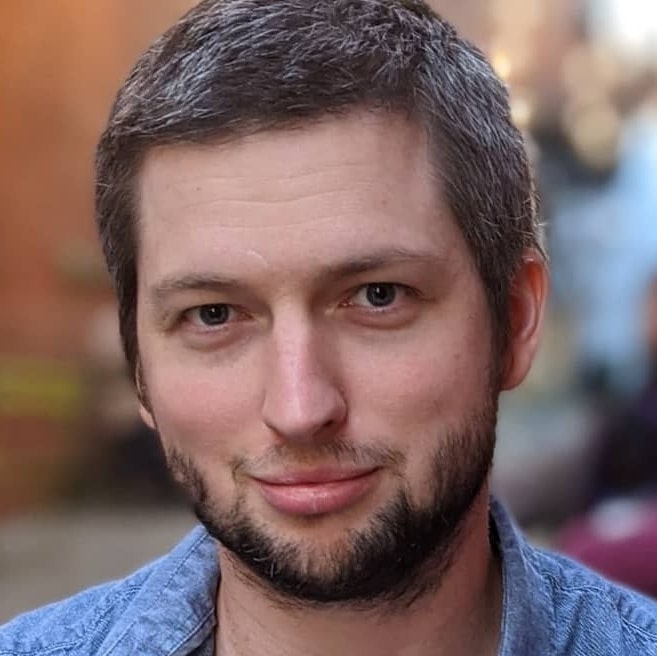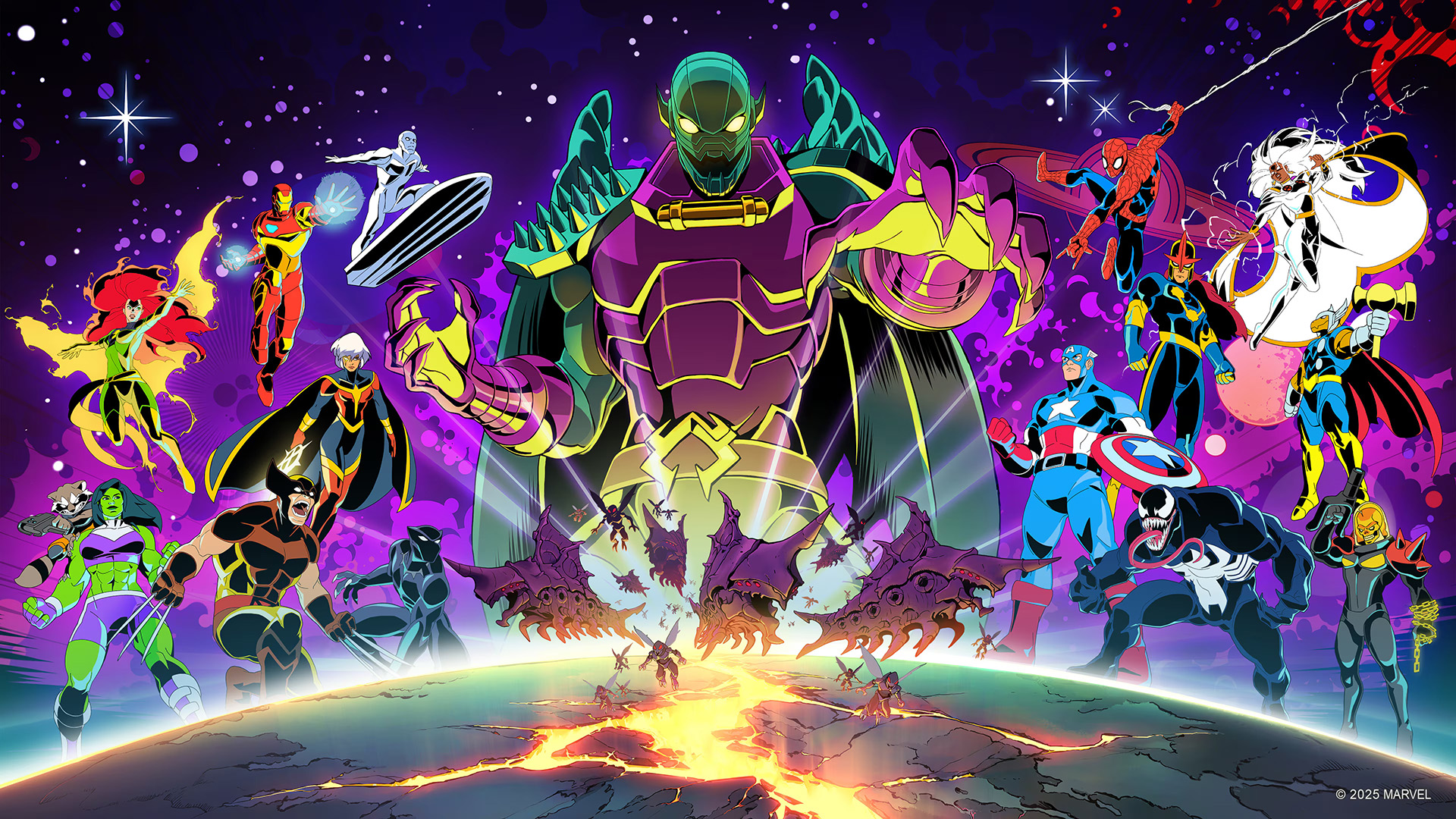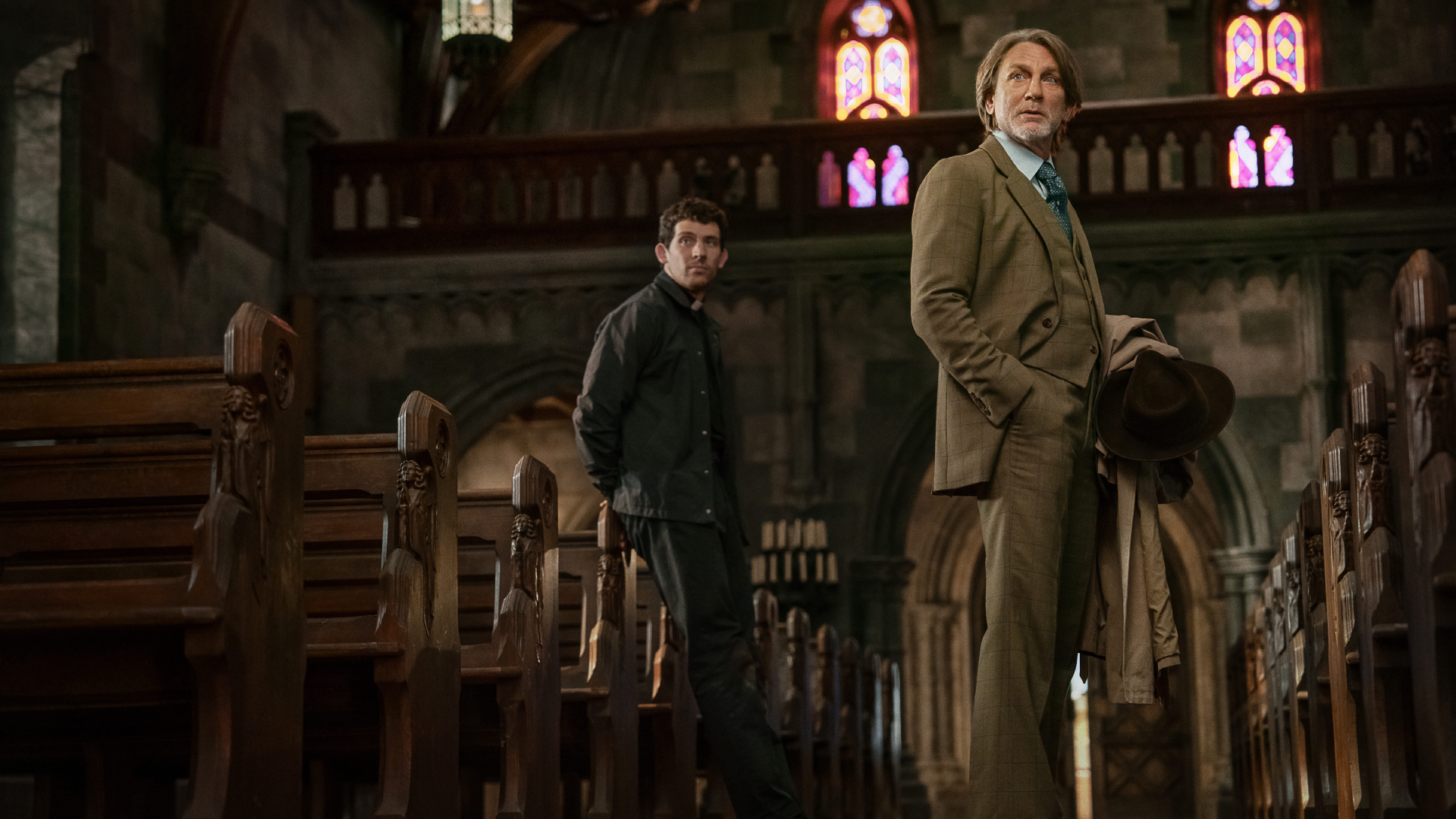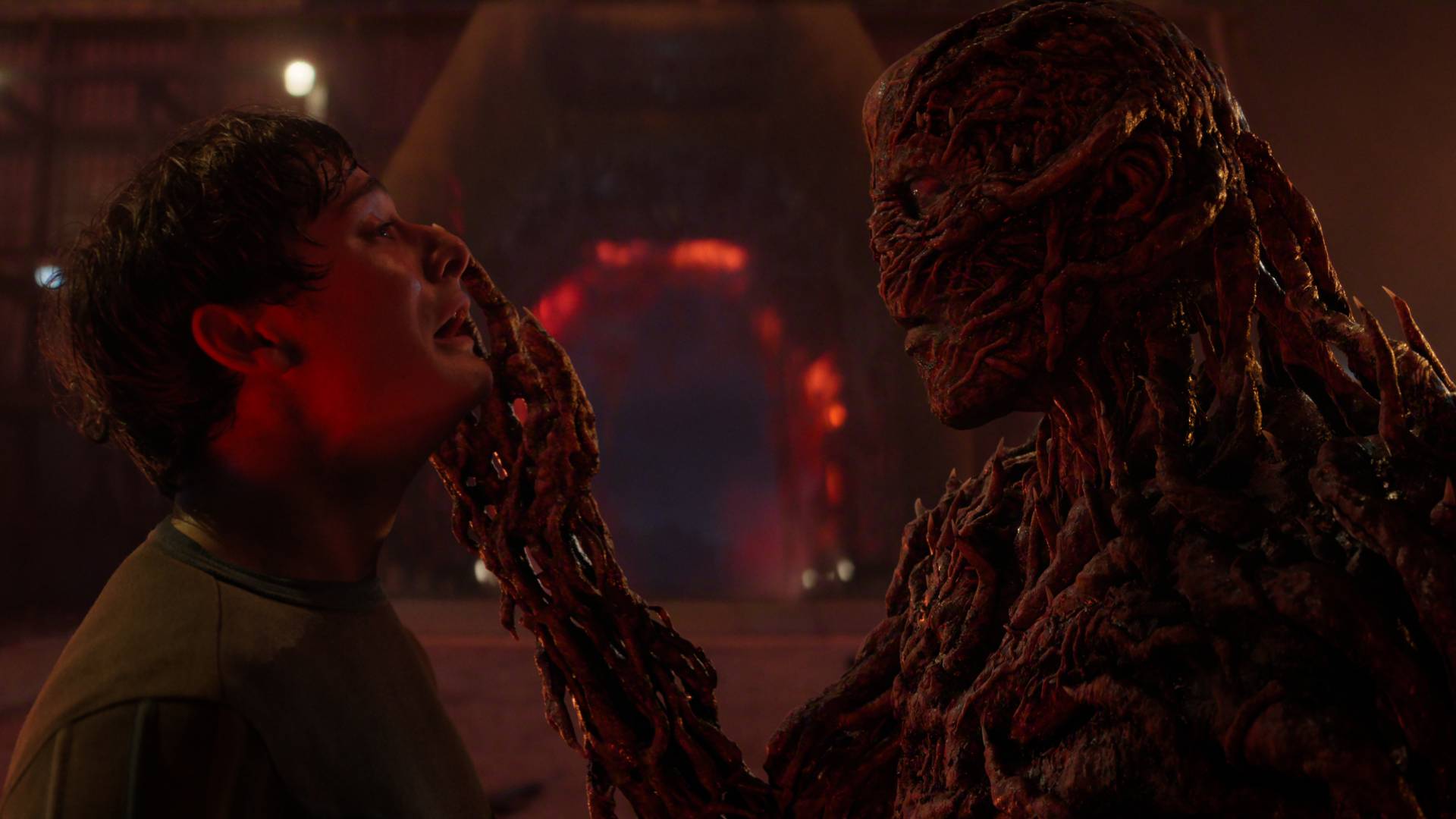My Hero Academia: Vigilantes rejuvenates the series by making it weirder, and there's never been a better time to jump in
OPINION | The My Hero Academia spin-off series feels more unpredictable than the mothership show has in years
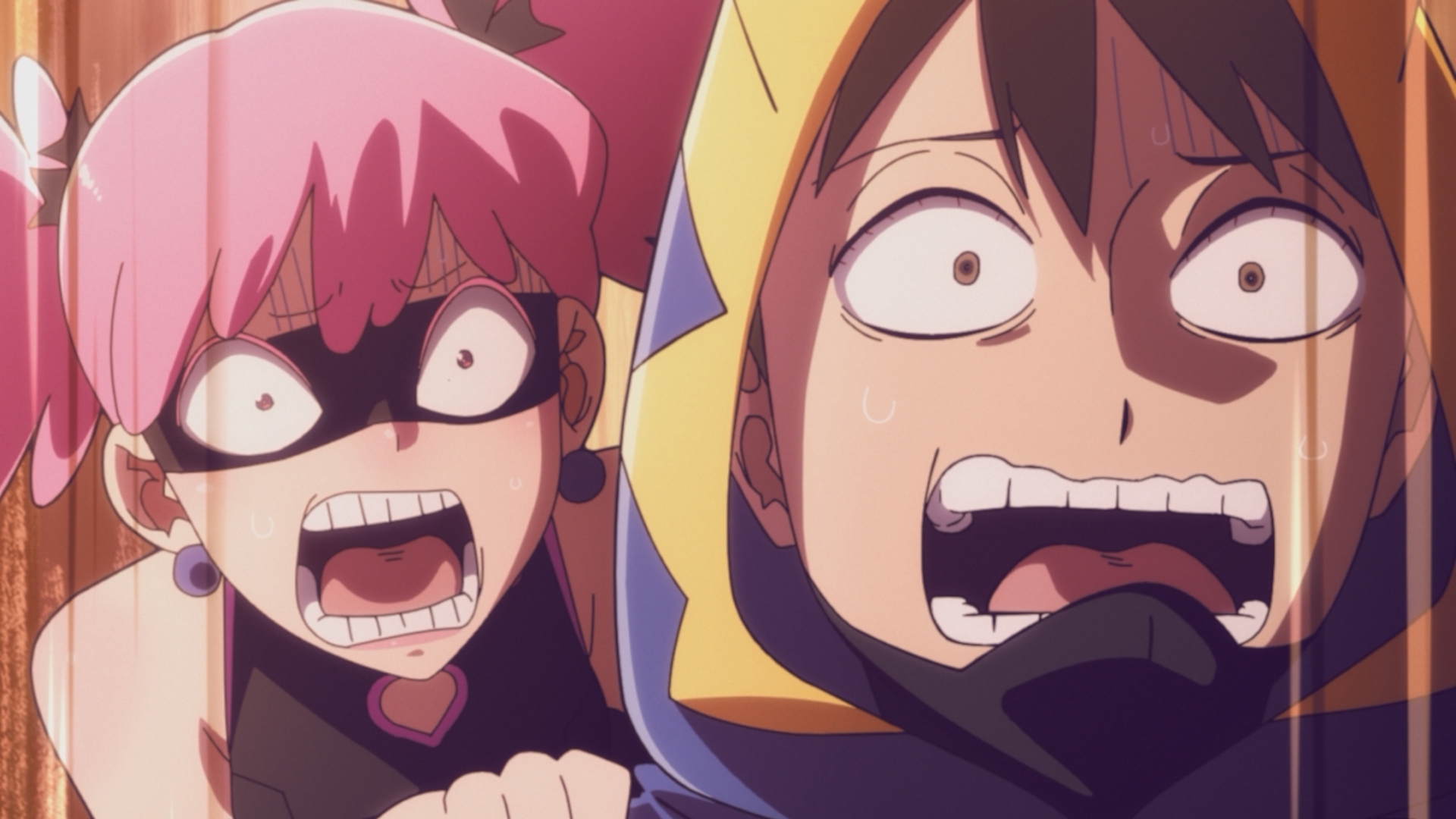
In the universe of My Hero Academia, most people are born with “Quirks”, aka superpowers. And in the main series, the story is concerned with those people who study at UA – a government-approved school for superheroes-in-training. My Hero Academia: Vigilantes, on the other hand, focuses on those who didn’t go the sanctioned route in their crimefighting careers. And thanks to this, it’s made for a much weirder and altogether more refreshing experience.
If anything, My Hero Academia struggles with its own longevity. Though the early seasons of the anime honed in on a kind of why-don’t-I-fit-in angst regarding its lead character, Izuku Midoriya, and his allies, a lot of that was lost when the scale increased and the stakes evolved. It’s tougher to highlight personal struggles when all of Japan needs to be saved.
The first few episodes of Vigilantes thrive on their newness, but also the fact that the franchise is pulled, perhaps for the first time, to a more street-level affair. When the previously powerless Midoriya becomes mentored by the “World’s Greatest” All-Might in MHA, it’s treated like a moment of destiny. All-Might appears as if from a dream to guide him. When Koichi, who wears an All-Might hoodie out of sheer fandom, is approached by the brass knuckle-wearing Knuckleduster to be a hero in Vigilantes, it’s a group of misfits banding together. There is no guiding light for Koichi. Just a broad-shouldered man in the shadows asking him to start throwing hands with villains.
All Quirk and no play
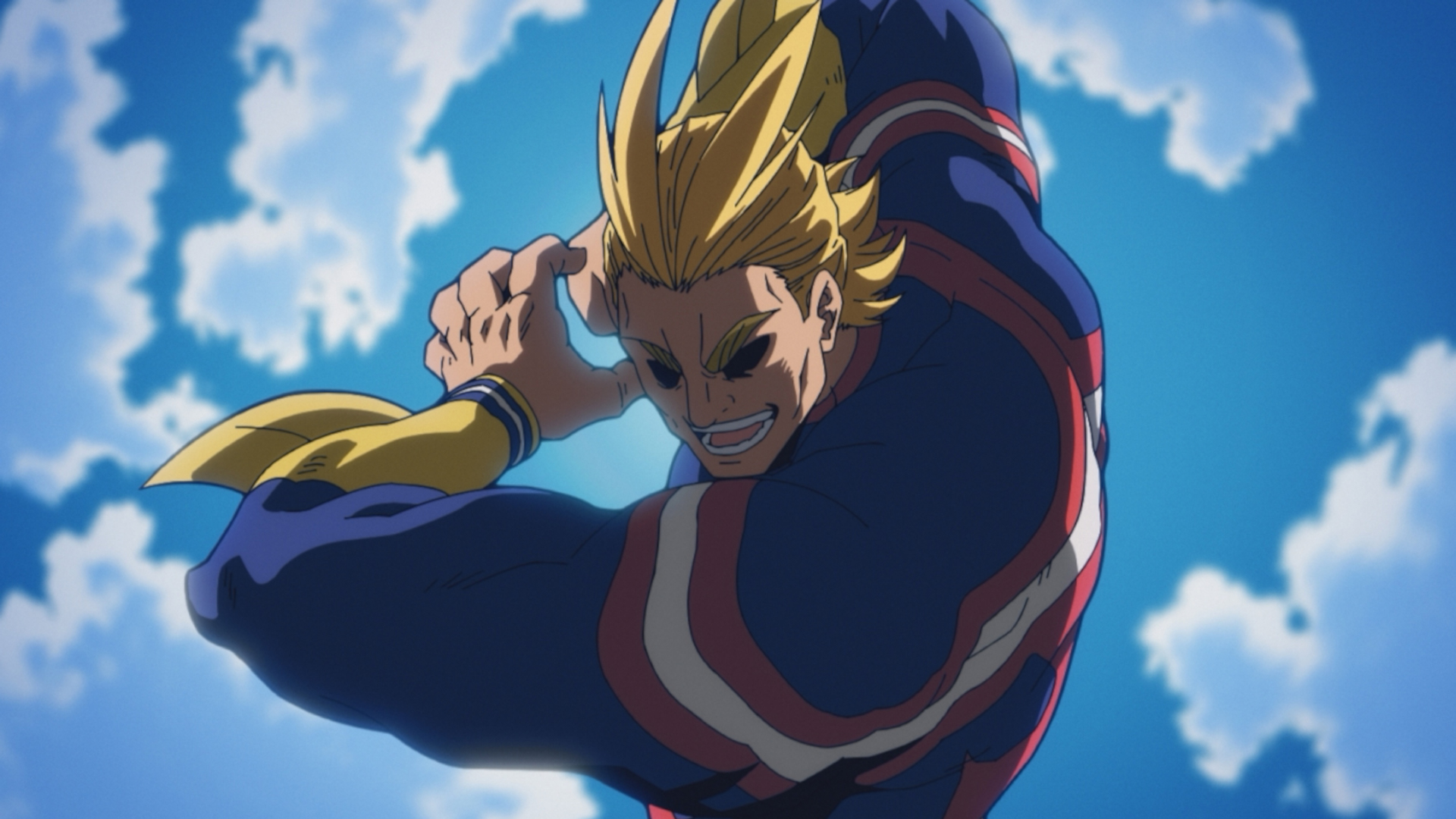
Koichi himself is a far cry from Midoriya, even if they both share the same aspirational battle anime willpower. Koichi, who is a little older, is more concerned with the existential problem of an adulthood without purpose. Sure, he has a Quirk, which allows him to skate around on all fours through streets and alleys “like a cockroach,” but it doesn’t compare to the powers possessed by famous heroes. It transforms a figure like All-Might, previously awe-inspiring to the teenage Midoriya, into a sad symbol of the outside world to Koichi. He represents a life unwasted, one attainable to only those with the strength to hold onto it.
Vigilantes prescribes to Knuckledusters’ definition of heroism – it matters very little how strong you are or what Quirk you have or how respected you are by your peers. What matters is taking action. MHA is a story about trusting in the authority provided by “the good guys” and the heroes that, if good of heart, could unwaveringly be around to protect you. Knuckleduster, as he drinks beer in Koichi’s grungy rooftop apartment, offers a rebuttal to the ivory tower notion of superhero education. The professional heroes? The police? They’ll never be fast enough to tackle the rising problems of Vigilantes. It’s YOU who must act.
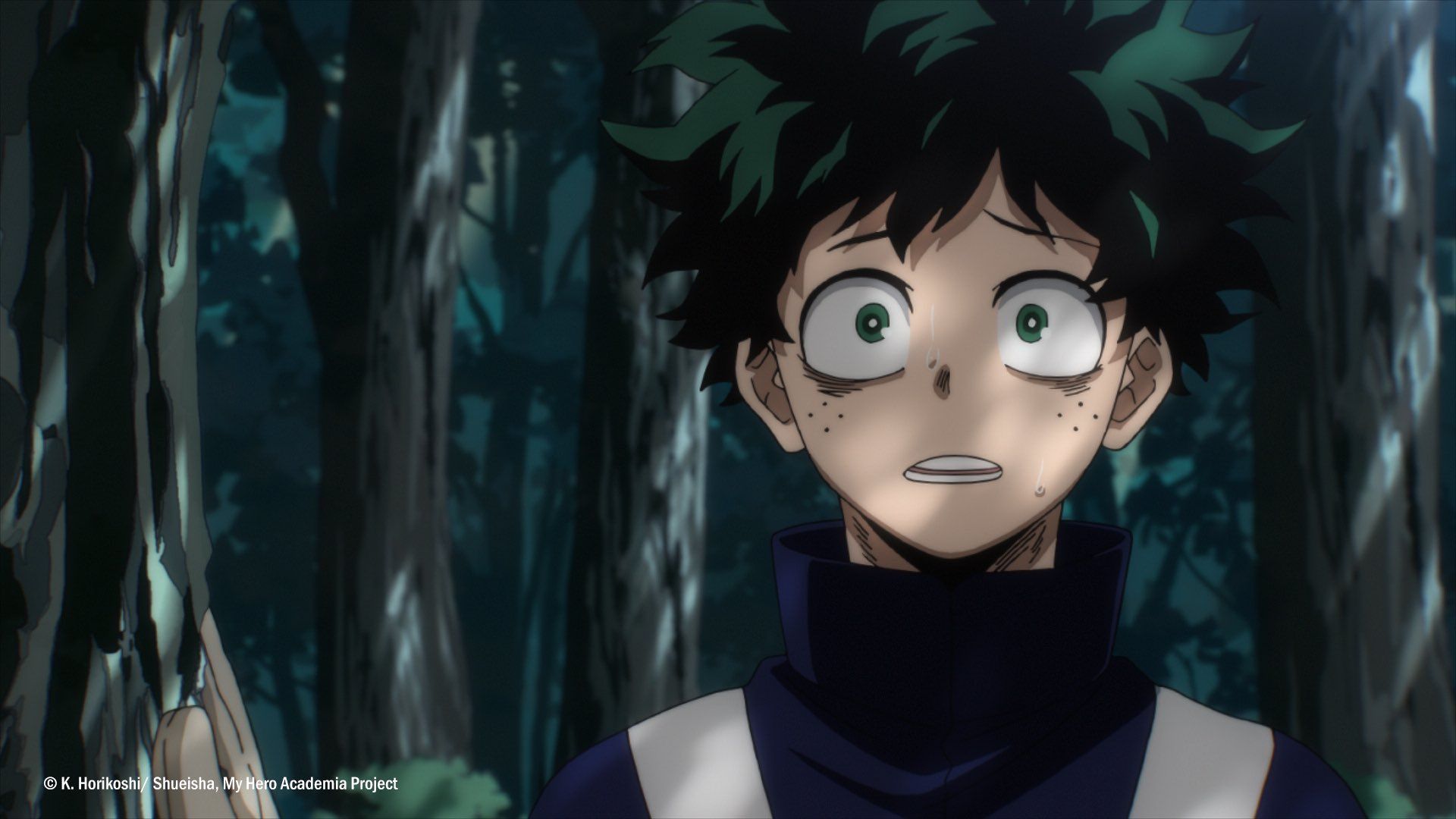
After eight years and 158 episodes, the My Hero Academia anime is ending in 2025.
Vigilantes operates in the periphery of the MHA world, giving us a much better idea of what it’s like to live in a society that’s obsessed with superheroes. In it, All Might is far more likely to appear on a poster or an action figure (or on your hoodie) than in person. The fame that you can eke out is self-made; when we first meet fellow vigilante Pop Step, she’s a wannabe idol, accruing her small fanbase through guerrilla performances on sidewalks. Those who recognize Koichi when he goes by the name “Nice Guy” mostly wish he’d help them take out their trash rather than save the world. His biggest contribution to society before becoming a vigilante is giving back change at his convenience store job.
Of course, Vigilantes is still a firm part of the wider MHA mythology. Though we first meet Knuckleduster when he leaps from a rooftop and falls unceremoniously into a stinky pile of trash bags, there are hints at his wider relevance in the backstory. And the cameos from major MHA characters are constant. Even if a few of them distrust the new Vigilantes and actively work to stop them, it’s still a guest spot to assure that, yes, this is a fairly safe expanded universe. MHA: Vigilantes is most comprehensibly consumed after you’ve spent a bit of time in its parent story, and seeing how it occurs five years before MHA, there are constant references to provoke “Ooooh, it’s that guy from that thing!” reactions.
Bringing all the latest movie news, features, and reviews to your inbox
However, in the span of a few episodes in its first season, My Hero Academia: Vigilantes manages to feel more unpredictable than MHA has in years. There is a constant sense of boundaries being pushed, both against the structure that was laid out in the original show and against the predetermined ethics of the characters. How far is too far? When you watch the blood trickle from Knuckleduster’s grin, it’s clear that no one in Vigilantes has the same answer to that, and it’ll take some figuring out to come up with one. Until then, according to Vigilantes, justice is what you make of it.
Check out everything we know about My Hero Academia's final season for even more on the show. You can also keep up to date with our My Hero Academia: Vigilantes release schedule.
Daniel Dockery is a writer for places like Crunchyroll, Polygon, Vulture, WIRED and Paste Magazine. His debut book, Monster Kids: How Pokemon Taught A Generation To Catch Them All, is available wherever books are sold.
You must confirm your public display name before commenting
Please logout and then login again, you will then be prompted to enter your display name.
